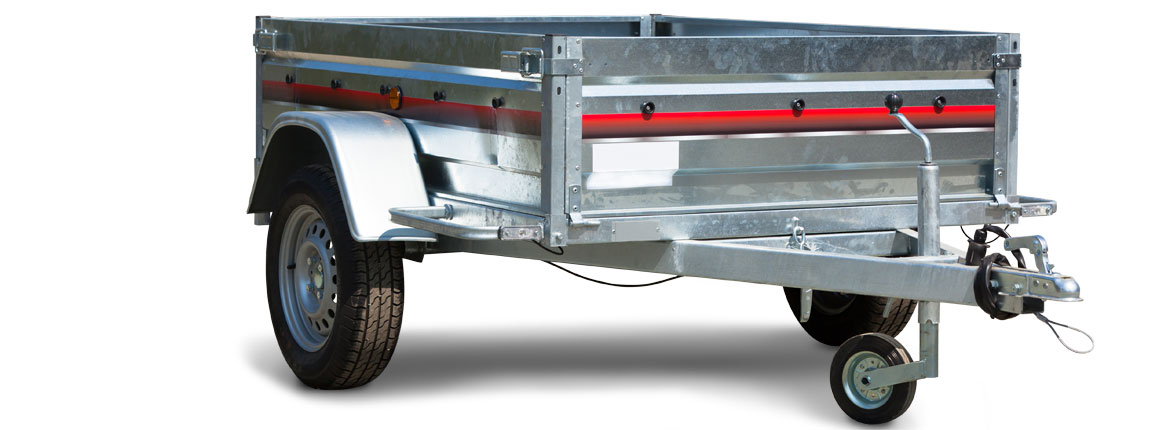With summer comes towing boats to the beach, caravans to holiday parks and trailers laden with garden rubbish to the tip.
After months sitting idle, we recommend you check your trailer before you load it up.
Be mindful of the weight that you’re adding to your vehicle with a loaded trailer, as overloading could compromise the vehicle’s braking ability, cooling system, transmission, clutch, or even the engine longevity.
Check your vehicle’s handbook if you’re unsure; it should provide the maximum loading weight and the unladen weight of your car.
Taking the maximum weight minus the unladen weight will you give you the maximum towing load for your vehicle.
The NZ Transport Agency (NZTA) and the AA recommend that they be taken into account. For a smooth, safe ride load your trailer with care: Spread the load evenly across the deck of the trailer, keeping it as low as possible. Where stacking is unavoidable, put the heavier and larger items at the bottom. Doing this correctly will help to prevent the trailer swaying.
Arrange loads so that objects aren’t sticking too far out the sides.
The maximum towing width is 2.5m. Avoid placing heavier loads towards the rear of the trailer. Instead, position the cargo as close to the axle as possible. This will help to improve the overall handling.
Secure the load to prevent shifting. Objects will move around as the vehicle brakes, turns, accelerates and drives over uneven surfaces, so prepare for every condition when strapping down.
Familiarise yourself with the road rules. The maximum open road speed for light vehicles towing trailers is 90km/h. Sometimes road conditions demand you drive more slowly, to be safe.
While towing, allow extra distance for stopping, apply the brakes lightly before turning, and use a lower gear when travelling downhill.
Many new vehicles have anti-sway technology built in, but swaying can be reduced by avoiding sharp steering. If you encounter sway, don’t apply the brakes as this might cause the trailer to jack knife; instead back off the accelerator allowing the vehicle to gradually slow down.
One of the most important things whilst towing is to be confident in your ability. If you’re not experienced, ask for help and guidance – in fact we recommend it. There are plenty of good samaritans in New Zealand willing to lend a helping hand.
Once you’ve got the hang of it, it’s just a matter of practice.
Check list:
Any trailer on the road must display a current WoF, registration label and license plate.
Look for signs of wear or damage on the tyres and check their pressures.
Ensure your towing hitch is mated correctly with your tow ball. There are two sizes: the 1 7/8 inch and the newer 50mm ball. Ensure your hitch is compatible.
Check all lights are working. This is most easily done with someone helping.
Clean lights and reflectors.
Check the tow coupling and brake mechanisms are well lubricated.
Look out for any indication of worn wheel bearings by jacking up the trailer, spinning the wheels, and listening for rumbling noises.
Check that all tie-down points are tight and that the chain and D shackles are in place.
Reported by Ian Green for our Summer 2016 issue




